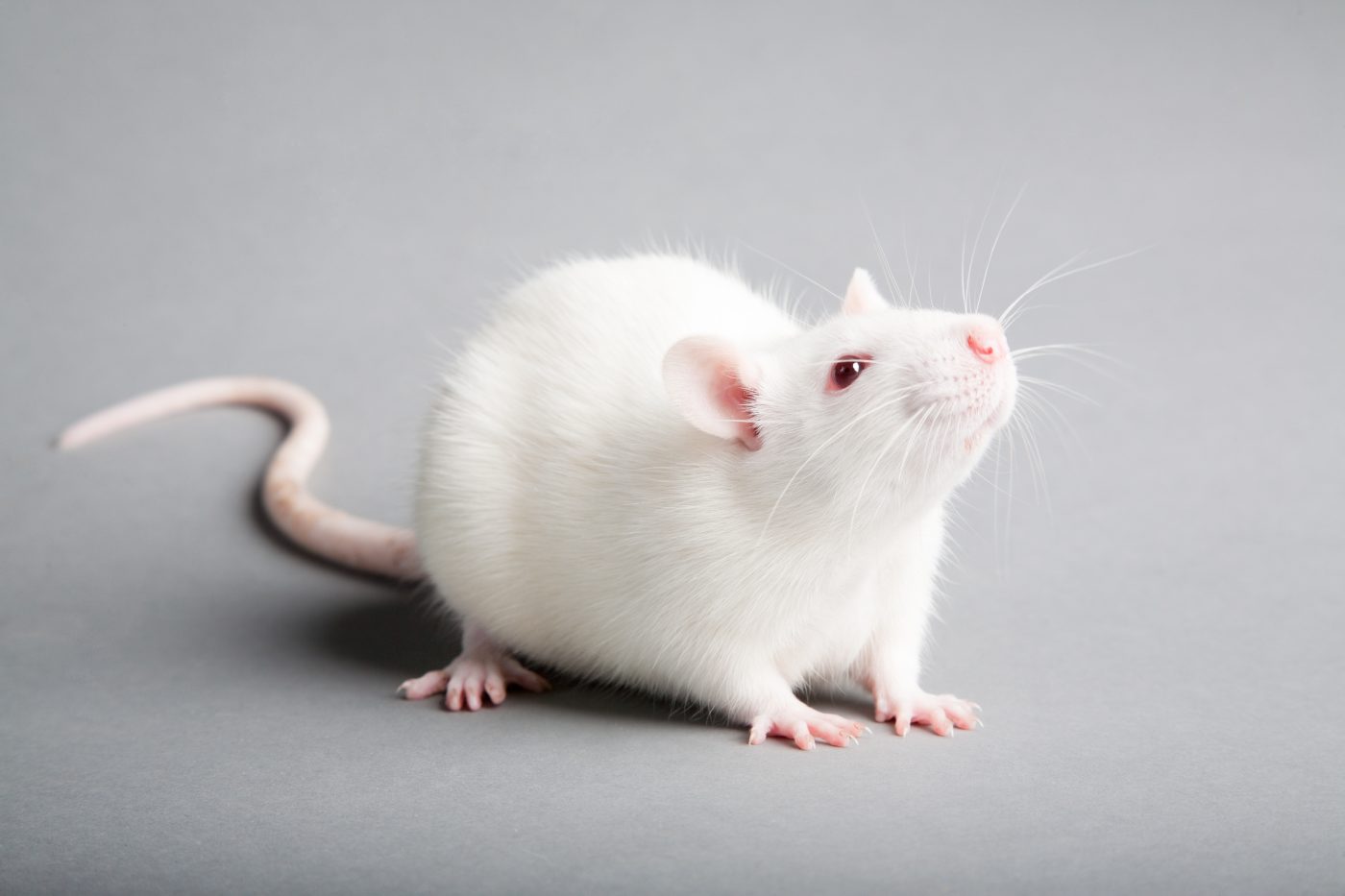Adelmidrol Effectively Treated Pulmonary Fibrosis in Mice, Study Finds

Adelmidrol therapy reduced markers for inflammation and oxidative stress, as well as tissue damage and collagen deposits, in the lungs of mice with pulmonary fibrosis (PF), a study has found.
The findings support further investigation of adelmidrol as a potential treatment for PF in people.
The study, “Adelmidrol: A New Promising Antioxidant and Anti-Inflammatory Therapeutic Tool in Pulmonary Fibrosis,” was published in the journal Antioxidants.
PF is characterized by scarring (fibrosis) of lung tissue, and its development can be linked to several factors including genetics, inflammation, tissue remodeling, abnormal wound healing, and oxidative stress (an imbalance between the body’s production of potentially harmful reactive oxygen species and its ability to contain them).
N-palmitoylethanolamide (PEA) is a natural chemical that has neuroprotective, anti-inflammatory, antioxidant, and anti-fibrotic properties. A derivative of PEA — called adelmidrol — has been shown to reduce pro-inflammatory responses and is effective as a topical medicine for inflammatory skin disorders.
Researchers at the University of Messina in Italy evaluated the effect of adelmidrol as a potential PF therapy using a mouse model in which fibrosis is induced by exposure to the compound bleomycin.
Bleomycin was administered directly into the lungs of mice, and one hour later adelmidrol (10 mg/Kg) was given orally and the treatment was repeated daily for 21 days. Control mice were exposed to bleomycin without adelmidrol treatment (saline vehicle), or not exposed to bleomycin (sham group) and given either saline or adelmidrol at the same dose.
Compared to saline-treated mice, bleomycin-exposed mice treated with adelmidrol had a reduced number of inflammatory immune cells in the bronchoalveolar lavage fluid (BALF) — obtained by rinsing the lungs with saline and extracting the fluid for analysis.
Bleomycin-exposure increased the production of pro-inflammatory signaling proteins known as cytokines in BALF, which included interleukin (IL)-6, IL-1-beta, TNF-alpha, and TGF-1-beta. Adelmidrol treatment reduced the levels of all these cytokines.
Similarly, an examination of lung tissue of untreated mice found high levels of IL-6, TNF-alpha, and TGF-1-beta compared to sham-treated mice. In contrast, the levels of these cytokines were reduced significantly in mice treated with adelmidrol.
The team tested for oxidative stress markers, which included malonaldehyde (MDA), glutathione (GSH), and superoxide dismutase (SOD). Adelmidrol administration was able to normalize these oxidative stress markers.
Nitric oxide (NO) is a short-lived free radical that plays a role in PF development. Vehicle-treated mice exhibited increased NO production in the BALF compared to the sham groups. Adelmidrol administration decreased NO production.
Next, the production of four key proteins that are part of two inflammatory pathways induced by PF was investigated. In all cases, vehicle-treated mice showed increased levels of all these proteins in lung tissue compared to the sham groups, which then were reduced with adelmidrol treatment.
Importantly, adelmidrol administration was able to improve survival rates and body weight compared to the vehicle-treated mice, as well as to reduce swelling and damage in lung tissue and the activity of immune cells known as neutrophils.
Immune cells called mast cells were not detected in the lungs of sham-treated mice, but were present in the lungs of vehicle-treated mice. The recruitment of mast cells was blocked with adelmidrol treatment.
Increased collagen deposits were seen around airway walls and blood vessels in vehicle-treated mice. Adelmidrol treatment reduced these bleomycin-induced collagen deposits.
“In conclusion, our data propose adelmidrol as a therapeutic approach in the treatment of pulmonary fibrosis,” the researchers wrote.
“We have demonstrated its ability to downregulate the over-production of pro-inflammatory cytokines, in particular, [IL-6] and its anti-fibrotic and antioxidant properties,” they added.






